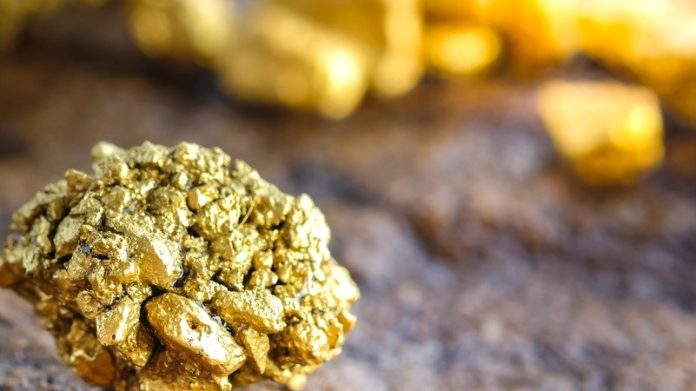
ONE of the redemptive features the last major global economic crisis bequeathed the mining sector – probably dating as far back as 2009 – was balance sheet conservatism. So fundamental has been the shift in capital allocation practices that miners look secure enough to survive the new COVID-19 crisis, notwithstanding the production interruptions.
This is especially true of the SA gold industry which has been heavily assisted by emerging market currency weakness this year. Rand weakness has also combined favourably with dollar gold price strength which has been fuelled by geopolitical and social conflict.
In addition some companies, such as Gold Fields, DRDGold, Pan African Resources and AngloGold Ashanti have come to the end of growth project financings and are, therefore, finding the higher revenue numbers extremely helpful as they ramp up production.
Provided production interruptions are not significant, the Johannesburg-listed gold sector looks well prepared for COVID-19. “We … do not expect any of the gold companies to end up in a distressed balance sheet position if production levels normalise over the next couple of months and the gold price holds up around current levels,” said Arnold van Graan, an analyst for Nedbank Securities in a recent note.
According to his data, AngloGold Ashanti, DRDGold and Harmony Gold will move into a net cash position in 2021, whilst Pan African Resources will have but slender net debt by that date. It’s worth noting that AngloGold Ashanti reported R35bn in net debt during its 2019 financial year.
In the case of Gold Fields, it will have net debt of about R5bn by 2021 from about R17bn this year, whilst Sibanye-Stillwater – much criticised for the level of debt it was carrying on its balance sheet last year – will reduce net debt to about R2bn in 2021.
Depending on your medium-term views on the global macro-economy, improved balance sheet security and growth project production into a market bereft of new major gold discoveries could lead to a period of shareholder payout expansion. In other cases, the resumption of the dividend is also on the cards, especially from Sibanye-Stillwater, possibly as early as the current financial year.
For now, Van Graan believes gold equities have decoupled from the gold price and are therefore in sell territory. That’s his short-term view. Other analysts think this is just the beginning for gold shares. “Cash return and dividend growth is just getting started,” said Michael Siperco, an analyst for Velocity Trade Capital in Toronto.
“We largely look past the potential for near term disruption with strong conviction in long term rising gold prices, and the renewed ability for producers to benefit, and sustainably grow production and capital returns,” he said. Producer debt levels have been lower than in years after years of write-downs, capital raises and divestments. Average debt to EBITDA is below 0.5x for the sector: “… given forecast free cash flow and the relative lack of shovel-ready large scale projects, we see net debt continuing to shrink …”.
Siperco forecasts another 40% increase total dividends and buy-backs this year reaching levels last seen in 2012 to 2013. “We see dividends continuing to grow along with cash flow and gold prices, with producers focused on sustainable, increasingly gold/production/cashflow linked payouts, enforcing a measure of discipline and again increasing investibility of the sector, primarily for generalists.”










